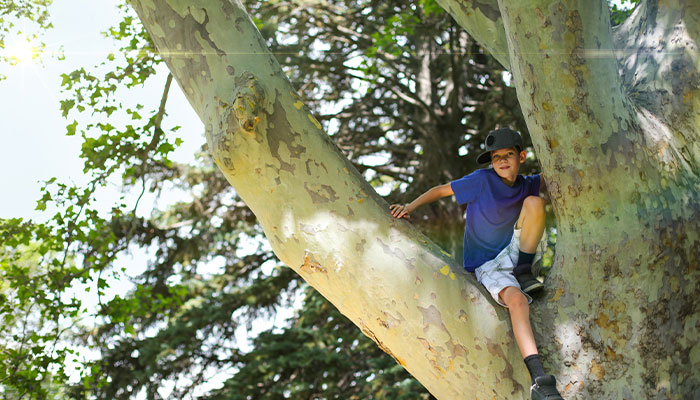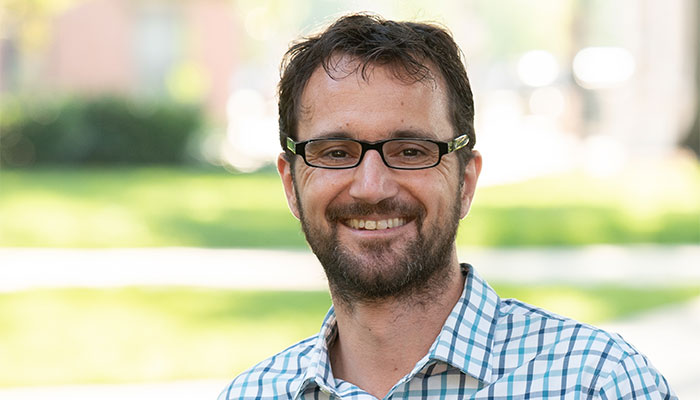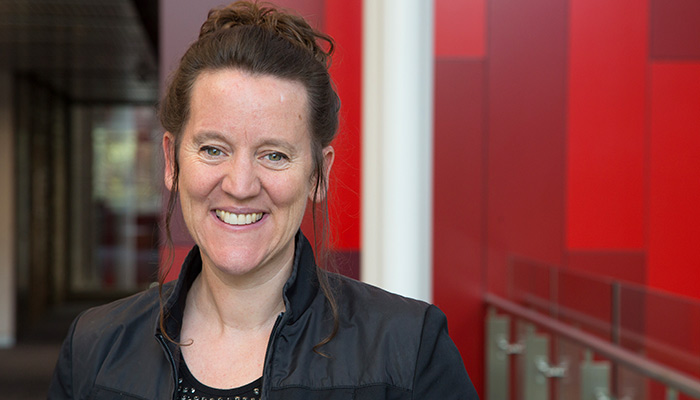Macquarie University researchers from the Which Plant Where project have created the first comprehensive account of the world’s urban tree flora, and some of their findings are surprising.
They sifted through 12 million tree planting records, collected by local governments in almost 500 cities and towns globally, and published in the scientific literature. At the end of this massive exercise they were able to record an impressive diversity of tree species planted in urban green spaces. The results have been published in Global Ecology and Biogeography.
Urban spaces make up only 2 per cent of Earth’s land mass – despite what our perceptions might tell us. In their survey of just a fraction of these urban areas, the researchers identified 4734 tree species – about 8 per cent of the world’s known tree species. Extrapolating from this sample to all urban areas, they estimate that cities and towns might hold as much as one sixth of global tree diversity.
Urban areas represent an overlooked opportunity for plant conservation globally.
So much for urban areas being wastelands. In the case of trees, they can function more like accidental refuges.
You might walk past a critically endangered species every day without knowing it. In fact, there’s every chance that it’s your best opportunity to see an endangered species in real life.
Of the urban trees the researchers catalogued, one-tenth face conservation risk in the wild, according to the International Union for Conservation of Nature’s Red List of Threatened Species. Six of the species they found are thought to be extinct in the wild.
The researchers were only able to collect data on trees in public spaces, meaning there may be even greater diversity present if backyard plantings are factored in.
Bond between humans and nature
Dr Alessandro Ossola, ecologist in Macquarie's Department of Biological Sciences and lead author of the study, says urban tree species diversity is well-rooted in human history.

Nature nurtures: Societies have long cultivated trees to obtain benefits from them, and many species now thrive in urban areas.
"Over centuries, societies across the globe cultivated trees to obtain resources and benefits from them, and to beautify increasingly urban landscapes, while maintaining a fundamental bond between humans and nature itself," he says.
Urban residents have long brought the resources of the world to them. Many tree species now thrive in urban areas far from their native habitats, climates and wild relatives. Although these trees may been helped by human intervention and management, it opens the possibility that a number of species might have climatic ranges much larger than we thought.
And this in turn means that by knowing more about where they can thrive, we can better estimate their tolerance and adaptability to climate and environmental change.
Of course, not all trees are necessarily wanted in their new urban homes. The researchers also identified 327 urban tree species that have invasive potential, as identified by the Global Register of Introduced and Invasive Species.
The ark in the park
More comprehensive data on tree species distribution can ultimately lead to improved species selection for urban forestry and greening applications, rooting out potential invaders and helping out biodiversity conservation.
In effect, urban areas can become tree arks.
- Why is it so hard for so many Americans to vote?
- How universities can help fill the skill gap in Australia
“Urban areas represent an overlooked opportunity for plant conservation globally. Our study suggests that meaningful biological conservation of plant diversity can be done on our very doorsteps – in our suburbs and home gardens”, Dr Ossola says.
“People, together with businesses, the horticultural industry and governments, have a great opportunity to change the narrative that sees cities as a major cause of biological disruption. We can transform our entire cities into rich botanic gardens where everyone can help by saving plant species from the global extinction crisis that biodiversity is facing."

Dr Alessandro Ossola (pictured) is a Research Fellow in the Department of Biological Sciences.
Which Plant Where is funded by the Hort Frontiers Green Cities Fund, part of the Hort Frontiers strategic partnership initiative developed by Hort Innovation, with co-investment from Macquarie University, Western Sydney University and the NSW Office of Environment and Heritage and contributions from the Australian Government.



